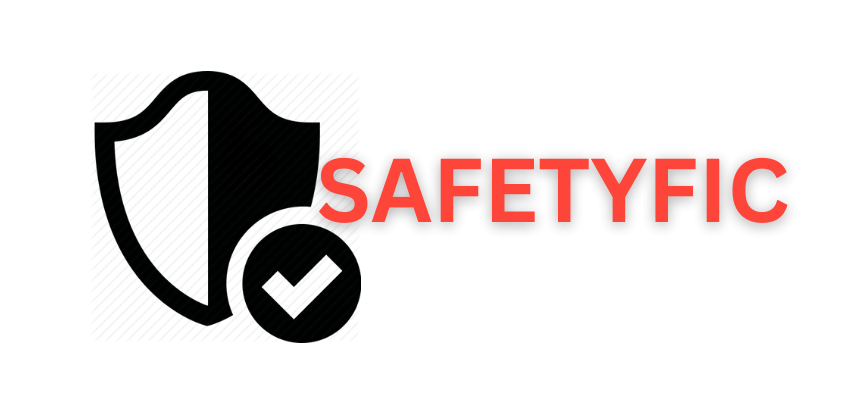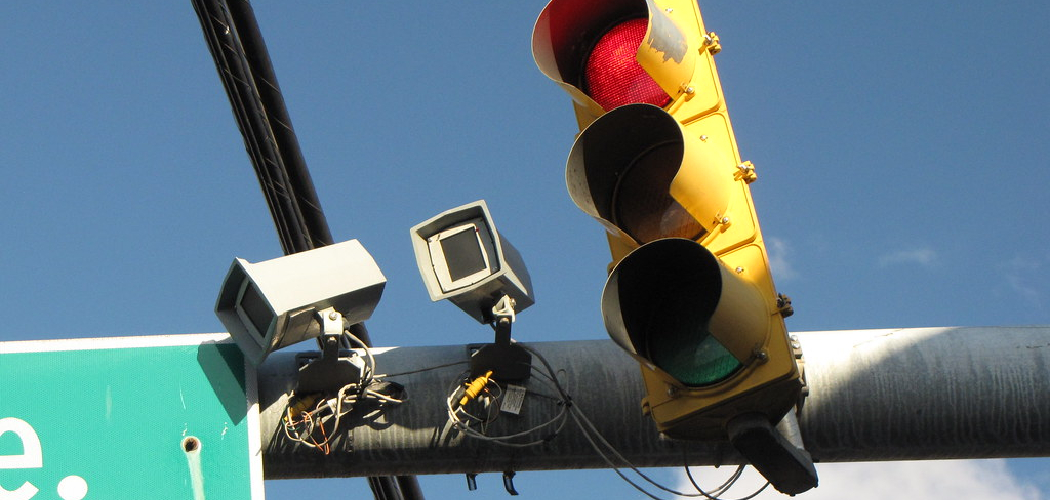How to get CCTV footage from traffic lights can be critical for a variety of situations, from proving your innocence in a car accident to tracing stolen vehicles. Traffic cameras operate 24/7, capturing everything within their range while ensuring roads remain safe and functional. Fortunately, getting hold of this valuable footage is not as complicated as it might seem.
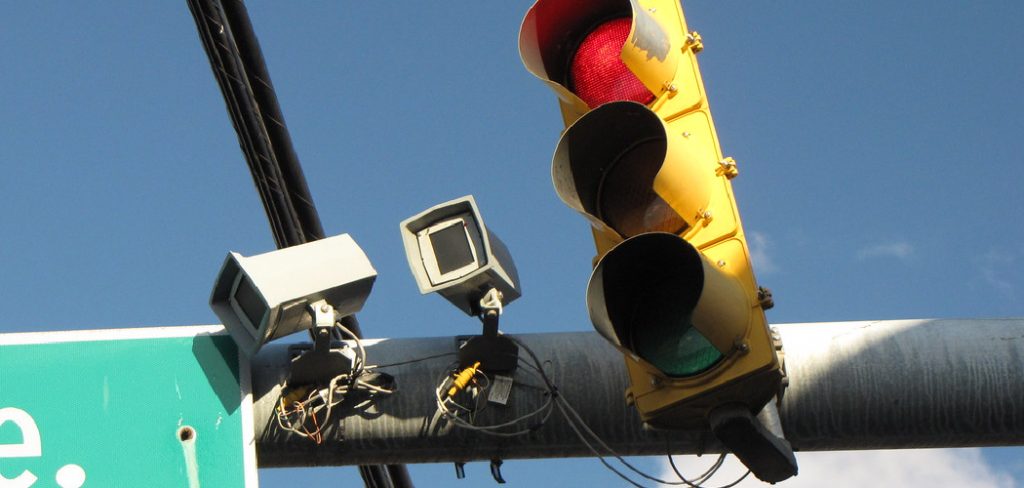
The first step in obtaining traffic light CCTV footage is to determine who manages the cameras in your area. This could be a local government body, a traffic management authority, or a private company contracted for traffic monitoring. Once you identify the responsible party, prepare a formal request for the footage, including details such as the date, time, and location of the incident. Be as specific as possible to ensure your request is processed efficiently. Additionally, it is important to act quickly, as footage is often overwritten within days or weeks due to limited storage capacity.
The process requires knowing whom to approach, what documentation to prepare, and understanding the regulations that govern such requests. This guide is designed to make it easy for beginners and those unfamiliar with legal and technical procedures to successfully obtain traffic light CCTV footage. Read on to discover how to get CCTV footage from traffic lights with a clear, step-by-step approach.
Why Accessing Traffic Light CCTV Footage Matters
Traffic light CCTV footage plays a pivotal role in various scenarios. For accident investigations, this footage can provide clarity by showing exactly what happened and identifying the vehicles involved. Insurance companies and legal representatives often rely on this data to resolve disputes.
Beyond accidents, this footage can also assist in fighting unfair traffic citations. For example, if you’ve been wrongly accused of running a red light, the footage offers concrete proof of your innocence. Businesses may also find value in these recordings when investigating theft or vandalism near their properties.
However, the importance of this footage isn’t just limited to vehicular incidents. Public safety initiatives utilize CCTV data from traffic lights to identify trends and improve roadway designs. Accessing these recordings, therefore, isn’t just about legal resolution—it’s about creating safer communities.
Understanding the value of traffic light footage underscores the need for a clear and lawful approach in obtaining it.
Step-by-Step Guide on How to Get CCTV Footage From Traffic Lights
Step 1: Identify the Traffic Camera’s Ownership
Before attempting to retrieve footage, you must know who manages the traffic light camera. Cities and states often have different entities responsible for maintaining these cameras. Some are overseen by the local Department of Transportation, while others may fall under city authorities or private contractors. Determine this by contacting your city offices or reviewing local government websites.
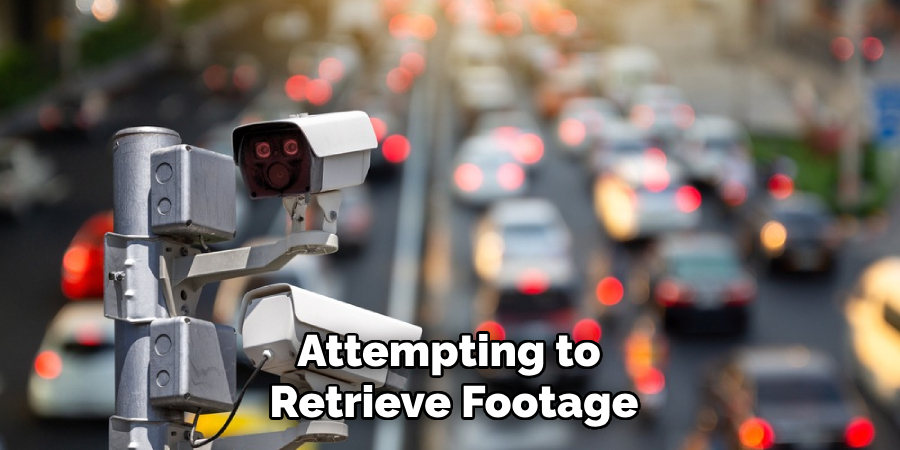
Step 2: Confirm the Footage Exists
Not all traffic light cameras record continuously. Some merely monitor traffic patterns in real-time and do not store footage. Reach out to the managing entity to confirm whether the specific camera in question has recording capabilities. Additionally, ask about the duration for which footage is retained, which can range from 24 hours to several weeks, depending on storage capacity and policies.
Step 3: Understand Privacy Laws and Requirements
Accessing traffic light CCTV footage isn’t as straightforward as requesting it over a phone call. Due to privacy concerns, most governing bodies require you to prove a legitimate need to access the footage. This could include being directly involved in an incident, filing an insurance claim, or supporting law enforcement requests. Familiarize yourself with local laws to ensure your request aligns with legal guidelines.
Step 4: Gather Necessary Documentation
Prepare all the documentation needed for your request. This typically includes personal identification, the date and time of the incident, specific details about the location, and a formal reason for retrieving the footage. If the footage pertains to an accident, police reports or case numbers may also be required. Having this information ready prevents delays in the process.
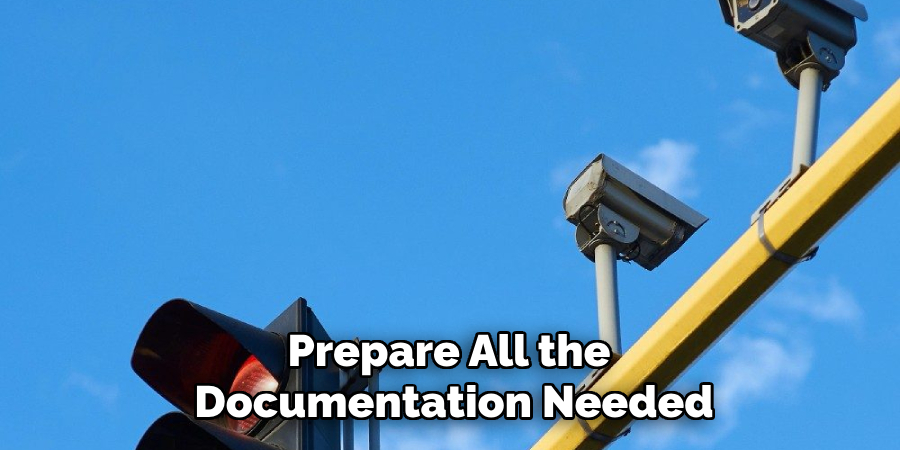
Step 5: Submit an Official Request
With your paperwork in hand, contact the managing entity. This could involve submitting an online form, writing an email, or physically going to the relevant office. Clearly outline your reason for requesting the footage, providing all the necessary specifics like the date, time, and exact location of the incident. If law enforcement is involved, attach supporting documentation, such as a subpoena.
Step 6: Pay Applicable Fees
Accessing traffic light footage often incurs a fee to cover administrative costs. This may range from a nominal charge to a more substantial fee if significant retrieval efforts are required. Confirm the cost ahead of time and be prepared to pay via accepted methods like cash, credit, or checks. Some organizations may waive fees for law enforcement purposes or valid personal claims.
Step 7: Wait for the Process to Complete
Retrieving CCTV footage isn’t always instantaneous. The managing authority may need time to locate and extract the specific footage. Depending on the complexity of the request, this process can take anywhere from a few days to several weeks. Be patient while following up periodically to ensure your case remains on their radar.
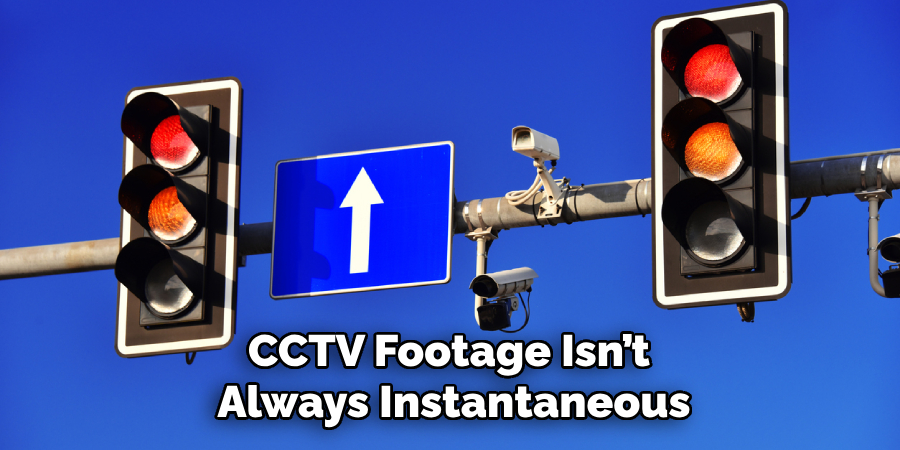
Step 8: Review the Footage Provided
Once you’ve obtained the footage, review it thoroughly to ensure it contains the segments you require. Keep it stored safely on a digital medium or share it with necessary parties, such as insurance providers or legal professionals. If any critical moments are missing, communicate this promptly with the managing entity.
Step 9: Know When to Seek Legal Assistance
If your request for traffic light CCTV footage is denied or the process becomes overly complicated, legal assistance might be required. An attorney familiar with privacy and access laws can guide you toward securing the material you need, especially when supporting court cases or insurance disputes.
Step 10: Maintain a Record of Your Request
Lastly, keep all documents and communication related to your footage request. Retaining receipts, emails, and confirmation forms ensures you have proof of your attempt to acquire the footage. This could prove invaluable if further clarification or legal action becomes necessary.
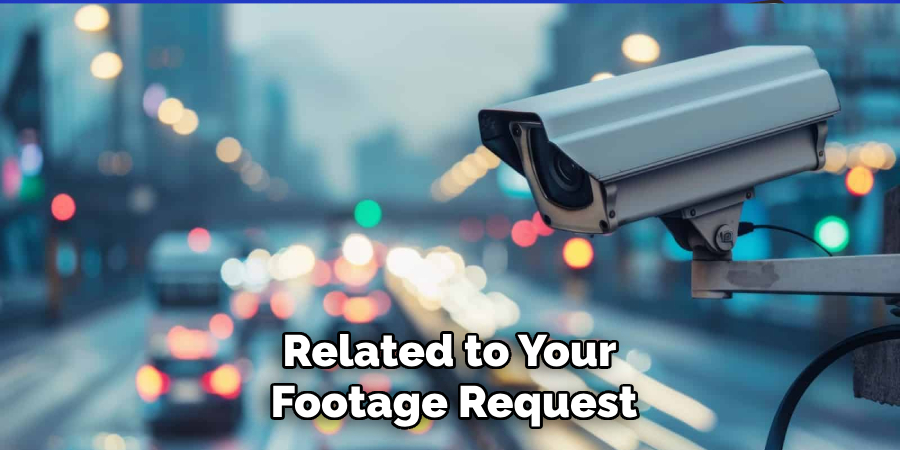
Potential Legal Implications
Requesting and using video footage can involve several legal considerations that must be carefully navigated. Privacy laws play a crucial role, as obtaining or sharing footage without proper authorization may violate individuals’ rights. Additionally, jurisdiction-specific regulations often dictate how surveillance or security footage can be accessed or used, especially in sensitive matters like legal cases. Failing to comply with these laws could result in significant legal consequences, including fines or lawsuits. It’s vital to ensure that you have a legitimate purpose and appropriate permissions when requesting footage, and consulting with a legal expert before proceeding is often advised to mitigate any risks.
Furthermore, advancements in technology have introduced new challenges and considerations related to privacy and data security when handling surveillance footage. The integration of artificial intelligence for facial recognition or motion detection, while useful, amplifies concerns about potential misuse or unauthorized monitoring. Organizations managing such systems must take extra care to implement robust security measures, ensure compliance with data protection laws, and promote transparency in their practices. Balancing technological innovation with ethical responsibility remains a critical focus in maintaining public trust.
Frequently Asked Questions
How long is traffic light CCTV footage typically stored?
The retention period for traffic light footage varies widely depending on the managing entity. Local municipalities may keep recordings for as little as 24 to 72 hours, while others could store them for up to 30 days or longer. Storage capacity and data protection policies play significant roles in determining these retention periods. If you need footage, it’s vital to act quickly before it gets overwritten or deleted.
Can anyone request traffic light CCTV footage?
No, access to traffic light CCTV footage is generally restricted to individuals or organizations with a valid reason. For example, if you were involved in or witnessed an incident, you may be eligible to access the footage. Law enforcement agencies and insurance companies are also commonly granted access. Privacy laws, however, limit personal requests to prevent misuse.
What should I do if I don’t know who owns the traffic light camera?
If ownership isn’t obvious, start by contacting your local Department of Transportation or city government offices. They can direct you to the appropriate authority responsible for a specific traffic light camera. Alternatively, you can check nearby signage for indications of private management or operational partners.
Is it possible to obtain footage without police involvement?
Yes, but the process may be simpler with law enforcement support. For example, an insurance claim or personal request with sufficient proof of legitimacy can often suffice. However, some managers of traffic light cameras may prioritize requests that include official police case numbers or subpoenas.
What if I need footage from a long time ago?
Older footage can be more challenging to retrieve, as most systems overwrite data beyond their designated retention periods. If you suspect the footage you need is no longer stored, inquire whether backups exist. Sometimes, law enforcement or private operators archive footage related to specific incidents or violations.
Conclusion
Learning how to get CCTV footage from traffic lights may seem overwhelming, but the process becomes clear when you understand who to contact and what information to provide. By following the outlined steps—from identifying camera ownership to submitting your detailed request—you’ll increase your chances of successfully obtaining the footage you need.
Keep in mind that obtaining CCTV footage often involves strict privacy regulations and legal considerations. Ensure that your request complies with local laws and is accompanied by any necessary documentation or permissions. Patience and persistence may be required, as responses from authorities or organizations can take time.
Whether you’re resolving a legal dispute, supporting an insurance claim, or ensuring personal safety, this guide equips you with actionable tools to approach the process effectively. Take control of the resources available to you, and see how accessing traffic light CCTV footage can make a significant difference when it matters most.
